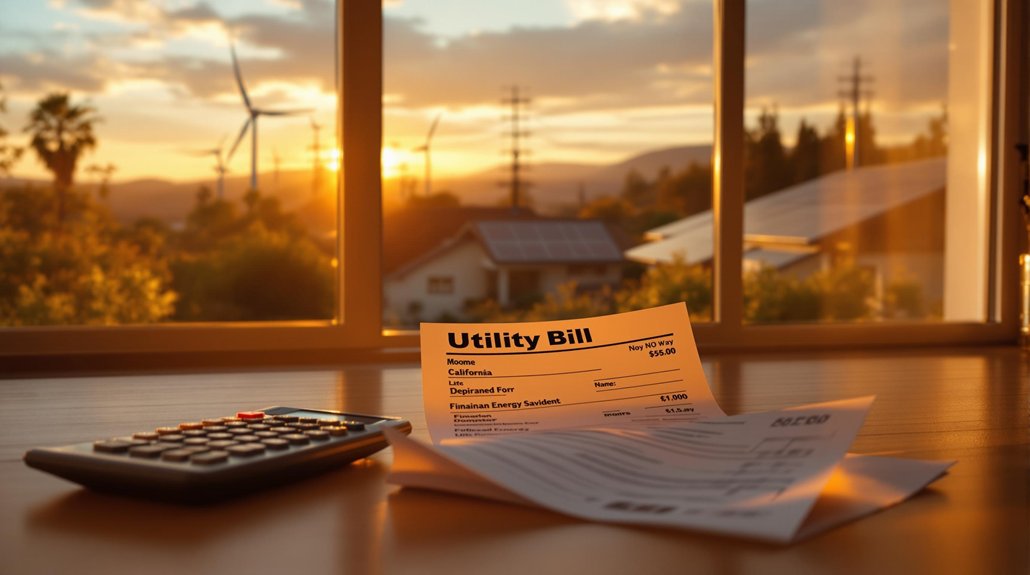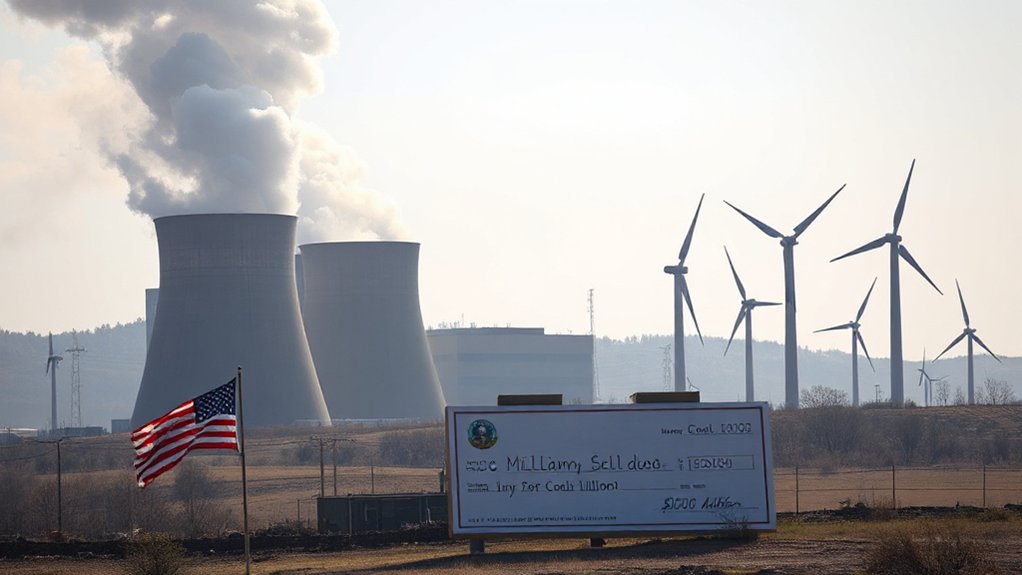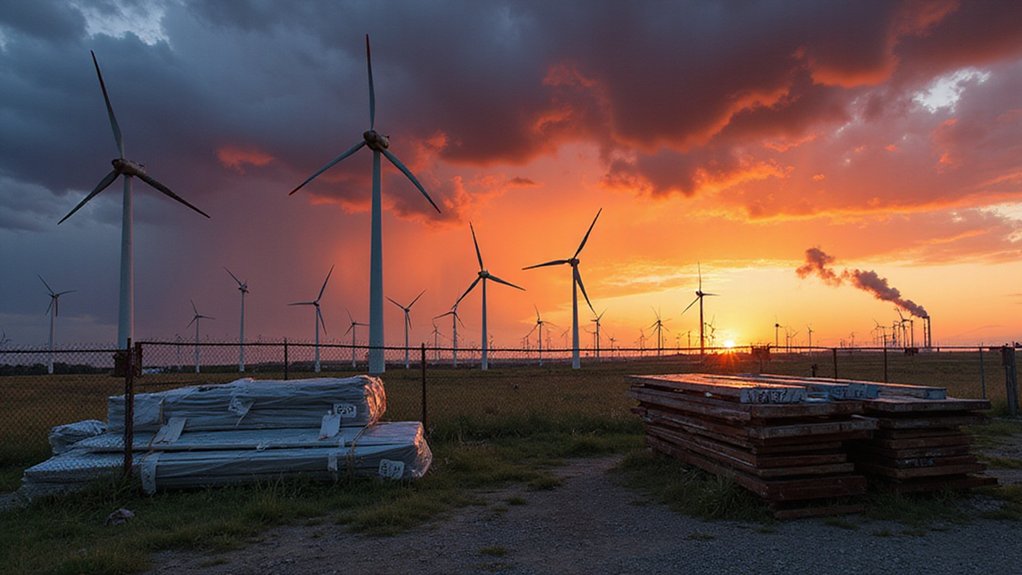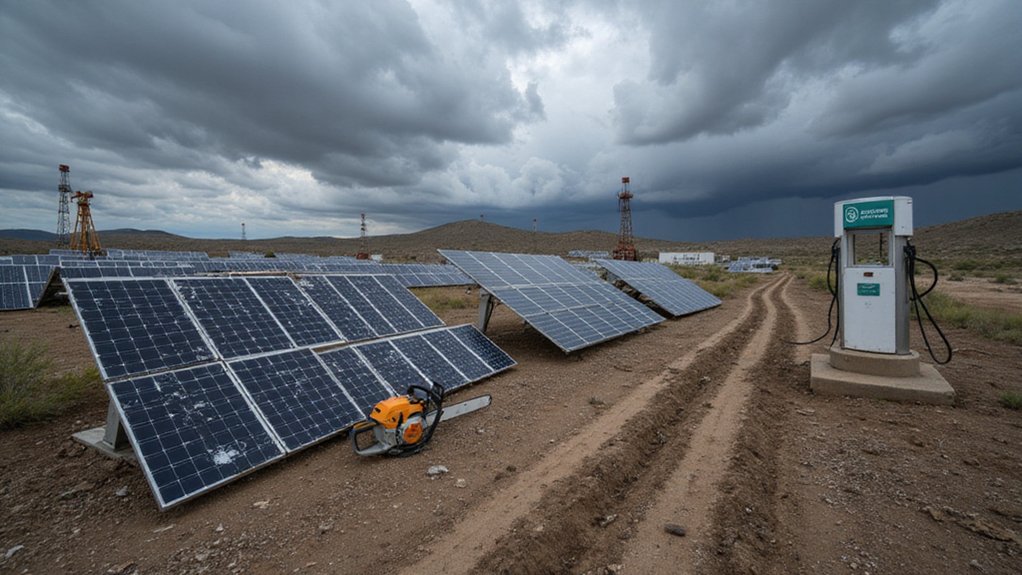California households face steep costs from the state’s climate goals, with projected expenses of $17,398 to $20,182 per family through 2050. These costs stem from renewable energy mandates requiring 60% renewable electricity by 2030 and 100% zero-carbon energy by 2045. Utility companies are passing infrastructure expenses to consumers through higher bills. Though “climate credits” offer some relief, they don’t fully offset increasing rates. The financial impact extends beyond energy bills to overall living costs.
As California pushes forward with ambitious renewable energy goals, households across the state are bracing for significant financial impacts. A new study from the Pacific Research Institute estimates that individual households could face costs between $17,398 and $20,182 from 2025 to 2050 to fund the state’s green energy shift.
These projected costs stem from California’s Renewable Portfolio Standard, which requires 60% of electricity sales to come from renewables by 2030 and 100% by 2045. The state has also set intermediate targets of 90% renewable or zero-carbon energy by 2035 and 95% by 2040.
The household expenses will cover infrastructure for solar and wind power, electric vehicles, grid upgrades, and the decommissioning of existing natural gas and nuclear plants. As utilities work to comply with these mandates, they’re likely to pass these costs onto consumers through higher utility bills and surcharges.
California households will bear the burden of green infrastructure costs through higher utility bills as the transition to renewables accelerates.
California currently generates 41% of its in-state electricity from nonhydroelectric renewables, primarily solar and wind. An additional 2% comes from biomass sources like wood and waste. The state boasts some of the lowest per capita electricity use in the nation at 6.32 MWh per person in 2021.
Despite California’s impressive energy efficiency—generating $4.68 of GDP per 10,000 BTU consumed, double the U.S. average—the aggregate costs for system-wide upgrades remain high. The state’s efficiency gains outpace the national average with a 4.0% compound annual growth rate from 2011 to 2021.
To help offset these rising costs, over 11.5 million households receive a “climate credit” on their fall electricity bills. However, this partial relief doesn’t fully shield consumers from the increasing rates driven by infrastructure investments.
The economic burden extends beyond direct energy bills, potentially affecting broader living costs and economic opportunities for Californians. By 2025, renewables are expected to provide over one-third of total global electricity generation, highlighting California’s role in the broader energy transition. Affordability concerns are growing, especially for lower and middle-income households who may struggle with these rising energy costs as the state’s climate mandates intensify. The increasingly important role of battery storage capacity is helping California manage grid reliability, but doesn’t eliminate the financial pressures on consumers. The study forecasts a power shortfall of 21.2% by 2045, potentially leading to reliability issues for both residents and businesses.








